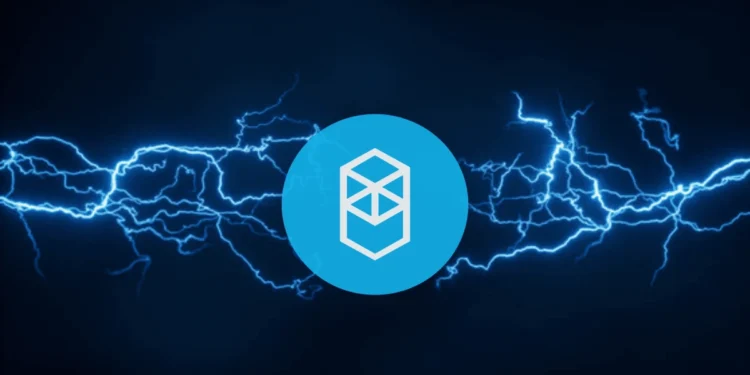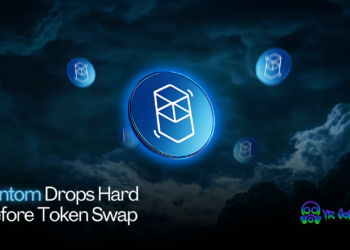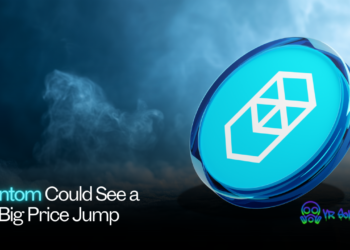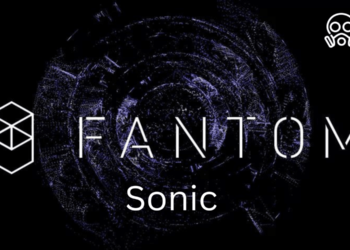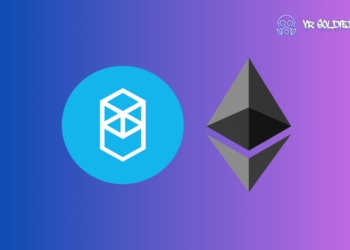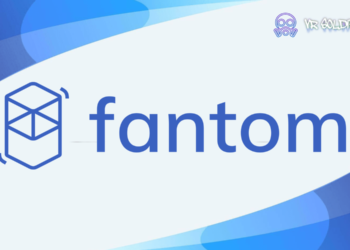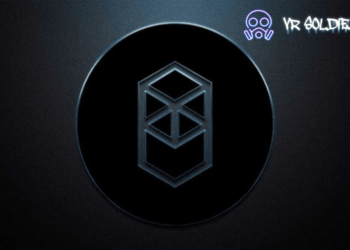What sets Fantom apart from other proof-of-work (PoW) networks is its speed: transactions on this platform are confirmed in just a few seconds. The aBFT consensus mechanism improves network performance and scalability by eliminating time-consuming block confirmation processes. The Lachesis consensus mechanism sets Fantom apart from Ethereum and other blockchains. With Lachesis, developers can build peer-to-peer (P2P) applications without having to raise their own network layer.
Fantom: Distinctive Features of Lachesis
-It is asynchronous, which means participants can freely process commands in different time zones.
-It does not have a leader, which means it does not have specialized roles and node priority.
-Byzantine fault tolerance allows the consensus mechanism to continue to function correctly until a third of all nodes fail.
-Lachesis is final, meaning the output can be used immediately: there is no need to wait for blocks to be confirmed, and transactions are finalized in one to two seconds.
-The developers claim that Lachesis was created to overcome the limitations of existing consensus mechanisms. Fantom is ideal for DApps that require high finalization speed, throughput, and security.
-The consensus mechanism allows the creation of applications and improved versions of already available products in the supply chain tracking and payments sectors.
What problems is Fantom (FTM) trying to solve?
The Fantom platform is focused on solving the main development problems: speed, cost and security.
Increased transaction speed
As a rule, blocks take a long time to confirm. And Fantom’s consensus mechanism ensures that transactions are finalized almost instantly, sending confirmation within a second or two of placement.
Low price
According to the Fantom Foundation website, money transfers on the platform cost as little as $0.0000001. For most blockchains, such numbers are not available. For example, over the past few months, the lowest average transaction fee on Ethereum was $2.15. Meanwhile, in May 2021, the Ethereum platform recorded its highest transaction fees ever, at nearly $70.
Ethereum has high gas fees due to network congestion, which also reduces the scalability of the platform. The long-awaited ETH 2.0 aims to solve this problem.
However, Fantom already has these features built-in, which is why the fees on this platform are so low.
Improved cross-platform experience
Fantom’s compatibility with the Cosmos SDK and EVM opens up many possibilities for developers, facilitating interaction between different blockchain platforms.
What Technologies Set Fantom Apart from the Rest of The Blockchains?
The consensus mechanism is the core of any distributed system. In decentralized environments, there is no regulatory authority that verifies transactions.
Therefore, a consensus protocol is needed to ensure agreement between all participants in the network. Here are the main innovations of the Fantom blockchain:
Asynchronous Byzantine fault tolerance
The term “Byzantine fault tolerance” describes the ability of a network to reach consensus despite the presence of dishonest participants or incorrect information.
This ability is limited by the blockchain trilemma, which states that only two of these three components can be present at a time:Scalability, Safety,Decentralization.
On the Fantom network, nodes reach consensus independently of each other since they do not need to exchange completed blocks. For this reason, the PoS consensus mechanism has no leaders.
While the correct operation of practical BFT (pBFT) depends on the confirmed delivery of messages between nodes, in the aBFT consensus mechanism these messages can be lost or delayed without affecting its performance. This operating algorithm protects the network from distributed denial of service (DDoS) attacks. In addition, it reduces transaction latency and increases network scalability.
Directed acyclic graph (DAG technology) at each node
Before explaining the concept of “directed acyclic graph”, let’s make it clear that the “graph” in this term describes a network of connected nodes. Such nodes transmit information to each other.
If information passes through the network, arriving at the same node no more than once, then the graph is cyclic.
Accordingly, there are no cycles in a cyclic graph. Information has no path that allows it to return to the originating node without passing through other nodes.
DAG technology connects multiple blockchains so that information can be retrieved without a direct connection to the originating (parent) node. This reduces latency many times over since information does not have to be confirmed by the previous block before moving on to the next one.
In Fantom, each network node has a separate DAG module that records the chronology of transaction blocks and events. As a result of the interaction of all these technologies, completed blocks appear on the Fantom blockchain. Independent nodes do not need to confirm completed blocks. They only occasionally exchange information about events and transactions with each other. It is this architecture that allows Fantom to process transactions so quickly.
Opera: Fantom Core Network
Fantom Opera’s main blockchain cryptocurrency deployment network is an inclusive, open-source environment that hosts dApps. The Opera network has the same wide range of smart contract features as Ethereum. Additionally, it integrates with the Ethereum Virtual Machine and supports the Solidity programming language used for smart contracts on the Ethereum network. Meanwhile, the Fantom Foundation developed the Opera network to overcome the limitations of older blockchains.
| Previously, blockchains used PoW mechanisms with stochastic finalization, which required significant time to complete transactions. The average Bitcoin finalization time is about 60 minutes. For Ethereum this figure is higher and is 6 minutes. But in Opera, finalization takes about one or two seconds. |
Summing up
Fantom takes an innovative approach to DeFi, making it an ideal choice for developers who want to bypass the blockchain trilemma and leverage the network to its full potential. Additionally, Fantom’s scalable smart contracts can be used in payments and smart city programs. By the way, some of them are already used, for example, in Afghanistan. There is currently significant competition in the blockchain space as more alternatives to Ethereum emerge. On the other hand, DAG technology, combined with scalable and efficient smart contracts, gives Fantom a significant advantage.

